
Heineken UK has revamped its fledgling craft brand Maltsmiths and unveiled a zero-alcohol variant of Old Mout Cider.
A new look will roll out this month across Maltsmiths’ 330ml multipack and 660ml bottle, with an eye to tapping “curious drinkers that love lager but want an experience and a taste that’s a little bit different” said Heineken.
The brand, which launched just one year ago, had “perhaps not quite got everything right”, said Heineken category and shopper marketing director Toby Lancaster. “The insight we had was strong, but it didn’t quite deliver at point of purchase in what was a very cluttered area.”
But, he added: “Part of the concept of Maltsmiths was about learning as we go, and we’re lucky that we’ve got a fantastic beer on our hands. The job now is thinking about how we execute the category a little differently a bring consumers on the journey through from mainstream into craft.”
Old Mout, meanwhile, has been given a Berries & Cherries alcohol-free variant, which Heineken said would tap a growing number of health-conscious drinkers or those looking to cut down on their alcohol intake. The new drink will command a higher rsp than soft drinks.
It comes after Heineken won back a slew of listings in Tesco, growing its presence in the retailer after a high-profile cull of over 30 Heineken SKUs last February amid reports Tesco had been unwilling to accept cost price increases. A number of Heineken brands that had been completely delisted have returned to Tesco’s shelves over the past fortnight, such as Birra Moretti and Amstel.
The brewer was taking a “new approach to value creation”, said Lancaster. “There’s some quite exciting retail initiatives that we want to partner with our customers on. We want to work with them on value creation longer term when perhaps in the past we would have just focused on the brands.”
It this week unveiled a “Green Paper” research project into areas of potential growth for beer and cider retail it said would “offer actionable advice to retailers” on areas such as maximising mainstream beer sales with merchandising and playing up different beers’ compatibility with food on-shelf.




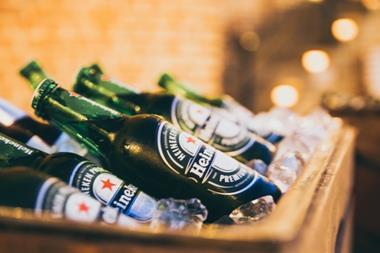

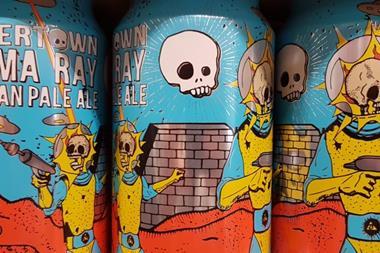


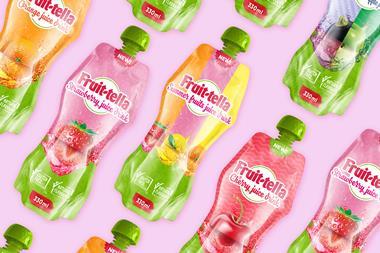


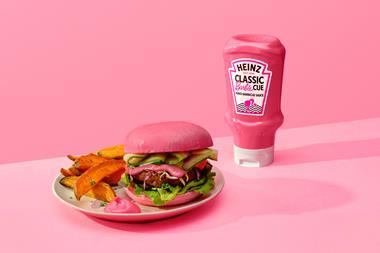
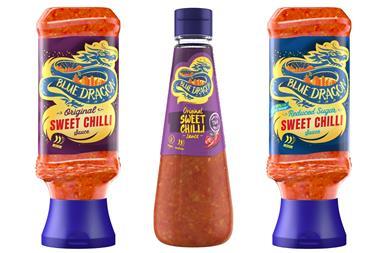
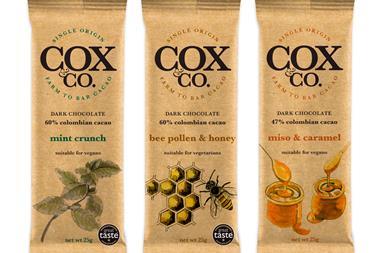
No comments yet